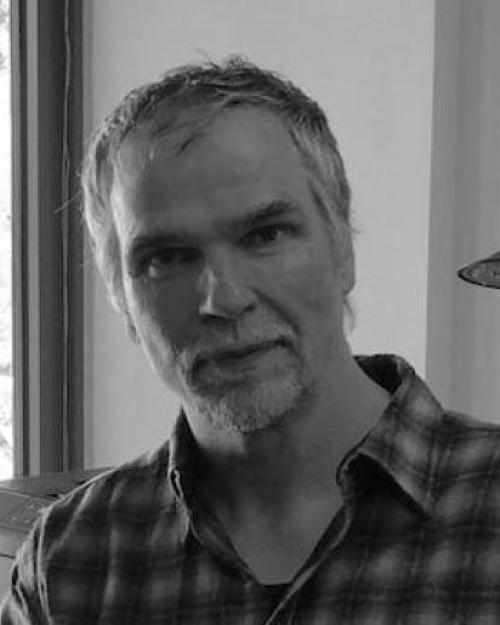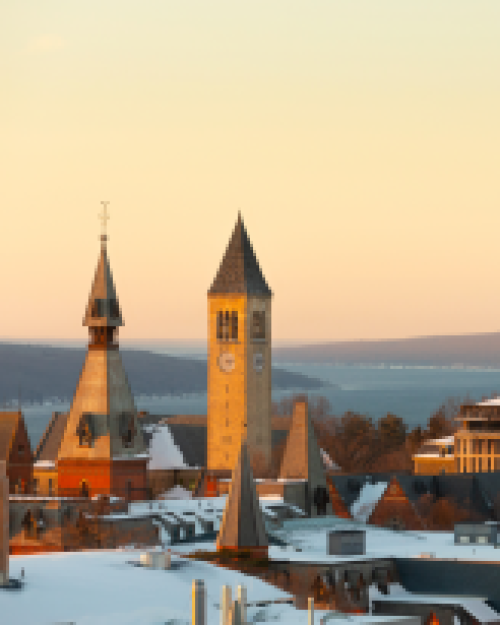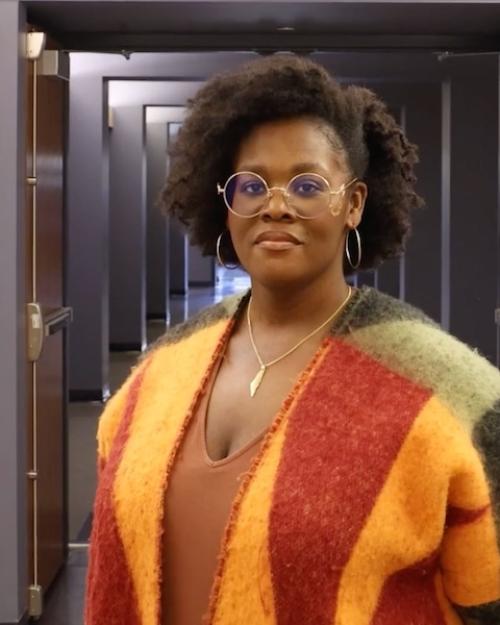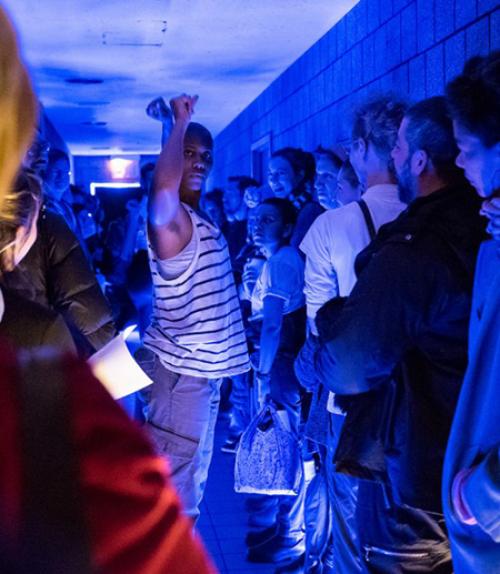The 2018 Cornell Council for the Arts (CCA) Biennial kicks off Sept. 14-15 at 8 p.m. at the Schwartz Center for the Performing Arts with “A Meditation on Tongues,” conceived and directed by guest artist Ni’Ja Whitson and performed by The NWA Project.
Whitson’s dance and multimedia adaptation of Marlon T. Riggs’ 1989 video portrait of black gay identity, “Tongues Untied,” opens a series of fall performances on the Biennial theme, “Duration: Passage, Persistence, Survival.”
Tickets are $15 general, $8 for students, senior citizens and the Cornell community, and available at schwartztickets.com or from 1-8 p.m. daily at the Schwartz box office, 430 College Ave.
Whitson gives a free public lecture, “Re/En/Visioning Black Portrayals: A Meditation on Remix Prerogatives,” Sept. 12 at 4:45 p.m. in the Schwartz Center’s Film Forum. The NWA Project’s founder and artistic director, Whitson is an assistant professor of dance at the University of California, Riverside, and a Bessie Award-winning, gender-nonconforming artist known for conceptual, street and interdisciplinary performances.
“A Meditation on Tongues” is co-sponsored by the CCA, the Department of Performing and Media Arts and the Rose Goldsen Archive of New Media Art. The performance shape-shifts gender, sexuality and the body, while framing new questions about loss at the height of the AIDS pandemic and black love of, and as, revolution.
“This is an incredible performance by Whitson that dialogues creatively with Riggs’ work,” said Timothy Murray, CCA director and Biennial curator. “It’s an important opportunity for us to host this kind of politically, racially and sexually sensitized multimedia performance, which aligns so exceptionally well with Cornell’s commitment to diversity and inclusion.”
The 2018 Biennial features 18 project installations and exhibitions opening campuswide Sept. 28-29, with a conference, public lectures and performances. Featured artist Carrie Mae Weems will premiere “Heave,” a multimedia installation in two specially designed structures on the Arts Quad on the history and duration of violence, and will deliver the plenary conference lecture Sept. 29.
On display now:
- “Log Knot: On Perpetual Wood Cycles and Forest Processes,” on the Ag Quad through December, created by the Cornell Robotic Construction Laboratory in the Department of Architecture, in collaboration with the Arnot Teaching and Research Forest. Using an industrial robot, the project team milled and joined together about 70 irregular log sections into a continuous loop, highlighting a process that optimizes the use of wood as a construction material with pieces that would ordinarily be discarded.
- “The Character of Characters,” A.D. White Professor-at-Large Xu Bing’s playful and poetic five-channel animation on Chinese language and drawing traditions, through Dec. 23 at the Herbert F. Johnson Museum of Art. Xu will give a public lecture Sept. 28 at 5:15 p.m. in the museum’s Wing Lecture Room.
- Taiwanese artist Richard Lin’s abstract work “Painting Relief” (1964) is at the Johnson Museum, on loan for the Biennial from China by Shin-Yi Yang, Ph.D. ’06.
Projects debuting during the Biennial opening weekend include “Crystalline Basement,” by Los Angeles artist and landscape architect Hans Baumann and Karen Pinkus, professor of Romance studies and comparative literature. Their collaborative land-art installation in front of Bard Hall, on the theme of deep heat geothermal energy, was co-commissioned by the Atkinson Center for a Sustainable Future, where Pinkus is a fellow.
The creators singled out a garnet rock in the Engineering Quad’s Rock Park West to be enclosed in a biodegradable structure made of compressed local soil. Originally from Gore Mountain in the Adirondacks, it is representative of rock found four kilometers down, the distance required to mine for geothermal heat in this region.
“People walk by these rock gardens all the time without noticing them,” said Pinkus, whose research includes a focus on climate change and the humanities. “Our project is about what it means to drill down very far into deep geologic time, to one of the oldest layers of rock on earth, for heat which was generated when the planet was forming.”
An accompanying film will document a four-kilometer walk ending at the installation, “to give people a sense of how far down this is,” she said.
Ruby Chishti, a fiber artist, sculptor and designer in residence this fall in the Department of Fiber Science & Apparel Design (FSAD), is among the Biennial’s invited guest artists. Her solo exhibition opens in October in the Jill Stuart Gallery in the Human Ecology Building. FSAD students will mount an additional Biennial exhibition, “Women Empowered: Fashions from the Frontline,” opening Dec. 6.




